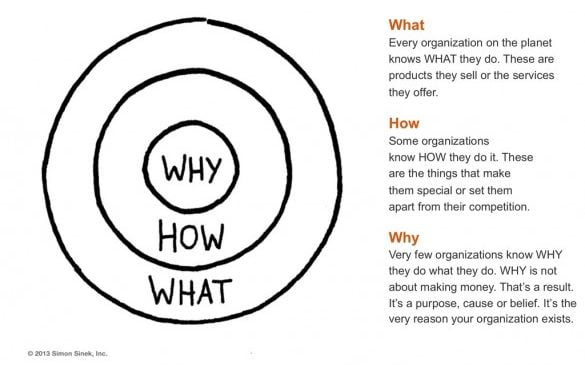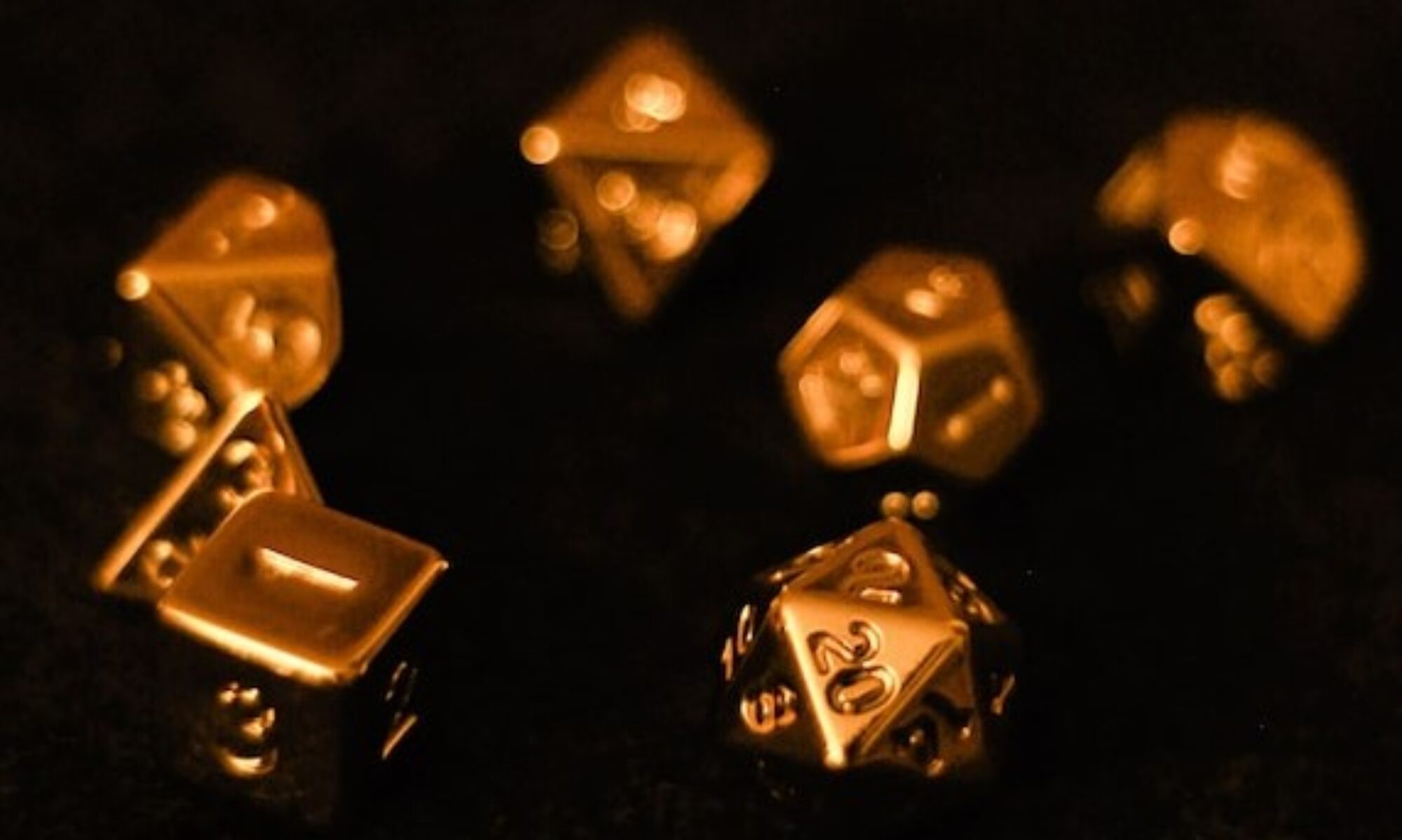Simon Sinek’s Start with Why has inspired countless leaders to dig deeper into their motivations and clarify their purpose. His message is simple but powerful: “People don’t buy what you do; they buy why you do it.” When applied to leadership, business, or creativity, this mindset can be transformative.
But what if we applied it to Dungeons & Dragons?
Whether you’re a Dungeon Master or a player, understanding your “Why” can elevate your game from a fun pastime to a truly memorable and meaningful experience—for yourself and everyone at the table.
Why are you playing?
Let’s start at the broadest level: why do you play D&D?
- Is it to blow off steam and have a laugh with friends?
- To experience epic, cinematic fantasy stories?
- To scratch that creative itch—worldbuilding, improvisation, writing?
- To connect more deeply with your friends, family, or coworkers?
Being honest about this can help you set expectations, choose the right tone, and avoid burnout. When you know your “Why,” you can shape your approach and make sure the game aligns with what you’re hoping to get from it.
As a Dungeon Master, this becomes even more important. You’re not just playing; you’re facilitating. So ask yourself:
Why am I running this game?
- Is it to give new players a chance to fall in love with D&D?
- To tell a dark, emotional story you’ve been imagining for years?
- To create a low-pressure space where friends can just have fun together?
Your Why becomes the compass for your style of prep, how you run sessions, and even which rules you emphasize or ignore.

Why is this campaign happening?
Once you’ve got your own purpose clear, zoom in on the game you’re running. Every campaign needs a “Why” behind the story, or it risks feeling generic and forgettable.
You can ask:
- Why is this world worth exploring?
- Why are these characters central to what’s going on?
- Why does this story need to be told now?
When your players understand the thematic or emotional core of the campaign—whether it’s rebellion, redemption, survival, legacy, or something else—it helps them buy in. They’re not just reacting to plot beats; they’re engaging with the story on a deeper level.
You don’t have to spell it out in a monologue. Just make sure your theme is present in the way you frame quests, describe NPCs, or react to player choices.
A campaign where “Why” is clear might look like:
“This land was conquered long ago, and the people are still suffering. You’re part of a fragile spark of rebellion. Will you fan the flames or protect what little peace remains?”
Now the game isn’t just about killing goblins. It’s about choosing between safety and justice.
Why is each character here?
Encourage your players to think about their Why too—not just backstory, but purpose.
Why did this character leave home? Why do they keep going after that near-death experience? Or even, why do they care about the group?
When players define their characters’ core motivations, they make better decisions in character, and the party becomes more than a random collection of murderhobos. Even better? Ask your players how their Why might evolve. Give them the space to change. Because just like in real life, a good “Why” can grow as your story deepens.
Running D&D like a Purpose-Driven Leader
If you’re a DM, you’re already leading a team—even if you don’t think of it that way. Applying Start with Why means you’re leading with intent.
- Your prep becomes more focused.
- Your storytelling has more depth.
- Your players are more emotionally invested.
- And your games—no matter how light-hearted or intense—feel more meaningful.
It doesn’t mean you need to be serious all the time. A campaign where the “Why” is “laugh until we cry every Wednesday night” is just as valid as “explore grief through fantasy allegory.”
The point is to know your Why. Share it. Revisit it when things start to drift.
Final thoughts on Start with Why
Simon Sinek’s idea isn’t just for boardrooms and brand strategists—it’s for anyone trying to create something with heart. In D&D, whether a DM or a player, knowing your “Why” can be the spark that takes your game from good to unforgettable.
So before your next session, pause and ask yourself:
Why are we sitting around this table?
Then build everything from there.

